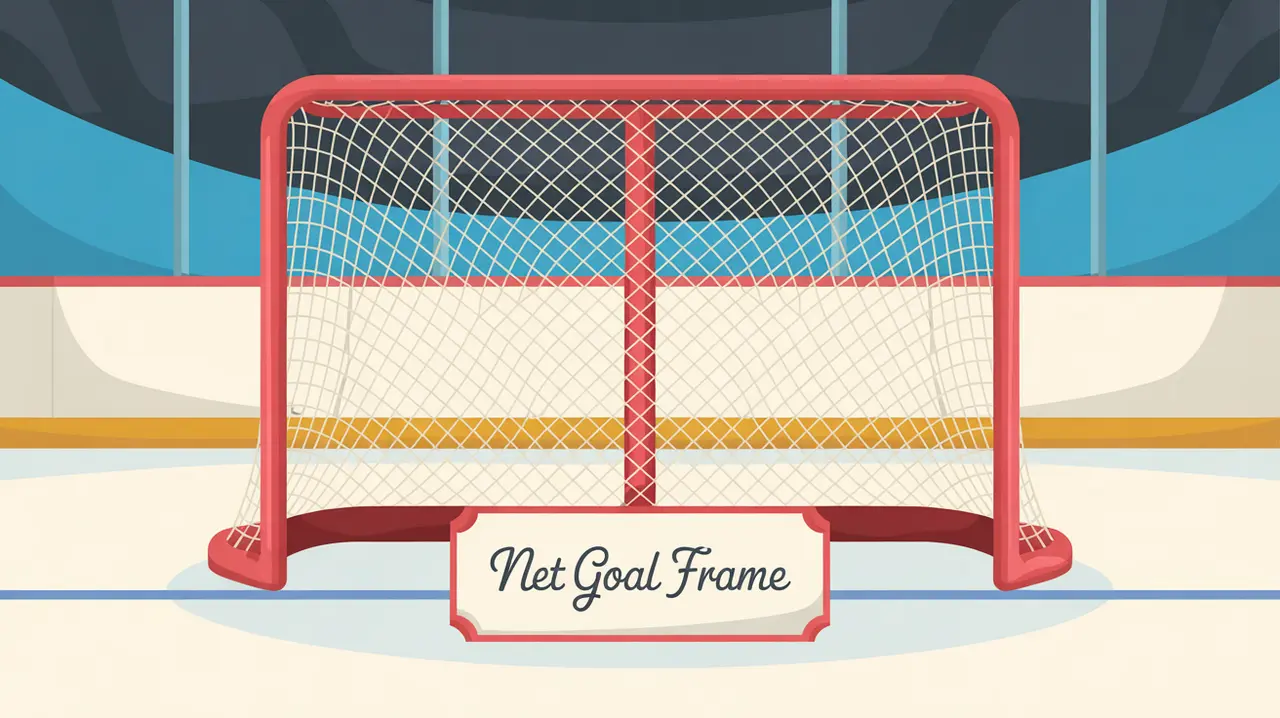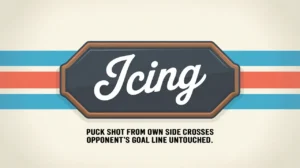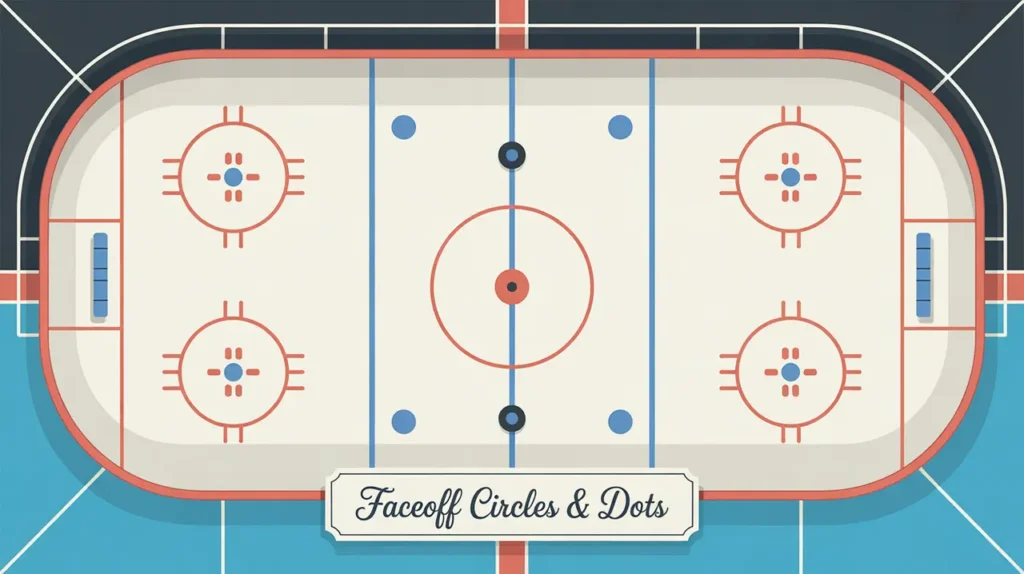Jim’s Intro to the Net (Goal Frame)
Hi folks, Jim here, the only commentator who thought a goal frame was a tactic used by a team to cover up an embarrassing loss by blaming the goalie.
What is the net (goal frame)?
The net, or goal frame, is the red metal structure with white mesh at each end of the rink. It measures 6 feet wide and 4 feet tall, anchored to the ice with flexible pegs that allow it to dislodge safely on heavy impact. It’s the literal target of the game: if the puck completely crosses the goal line between the posts and under the crossbar, it’s a goal. Beyond scoring, the net influences how teams attack, defend, and set up plays.
How does it work?
The net provides a physical scoring boundary and strategic anchor.
- Goal Posts and Crossbar: Form the rigid scoring frame. Shots hitting these can deflect unpredictably or ring loudly and stay out.
- Netting: Contains pucks after goals and helps officials confirm when a puck has crossed.
- Flexible Pegs: Anchor the net to the ice but release under strong collisions to protect players and goalies.
- Positioning: Centered on the goal line at each end, the net’s placement shapes offensive angles and defensive positioning.
- Play Behind the Net: The area behind the goal is used for cycles, setups, and quick wraparounds that force goalies to stay alert.
- Goal Judgement: Officials rely on clear puck visibility inside the frame to determine goals or review close calls.
It’s both target and tactical landmark.
How do you make good decisions with it?
Good net decisions revolve around awareness, positioning, and shot selection.
Offense:
- Pick smart shooting angles that challenge goalies inside the frame.
- Use behind-the-net setups to create passing and wraparound opportunities.
- Aim for deflections off the posts or crossbar only intentionally, not out of desperation.
Defense:
- Keep attackers away from the front of the net to reduce tips, screens, and rebounds.
- Protect the crease and goalmouth area without committing avoidable penalties.
Goalies:
- Use the posts as anchors for positioning and movement.
- Know how to reset the net quickly if it’s bumped out of place without drawing penalties.
How do you master it?
Mastering the net involves precision and control. For shooters, it’s about finding corners, reading goalie positioning, and finishing cleanly. For defenders, it’s about clearing the slot and controlling traffic in front. Goalies learn every inch of the frame, using posts for pushes, sealing gaps, and tracking rebounds off the metal. Teams build entire systems around net-front battles, screens, and retrievals.
What does it look like when done right?
When players master the net, shots hit corners with accuracy, rebounds are controlled, and traffic in front is managed smartly. Offensive players position themselves effectively for tips and screens. Goalies use the posts like compass points, moving with precision. Defenders clear space without losing structure. It’s orderly, tactical, and high-stakes all at once.
Commentator’s Corner
Jim’s Take
I’ve seen pucks hit both posts, bounce off the goalie’s back, and still not go in. The net gives, but it doesn’t forgive sloppy finishing.
Parent Tip
Teach young players to shoot for corners and understand the frame, not just fire blindly at the middle. It builds better habits early.
Player Tip
Learn to use the posts and net strategically. Shooters should pick their spots; goalies should know the posts like old friends.
A Final Thought
The net is the game’s ultimate objective and its most unforgiving judge. It rewards precision, exposes hesitation, and defines every goal scored on the ice.









